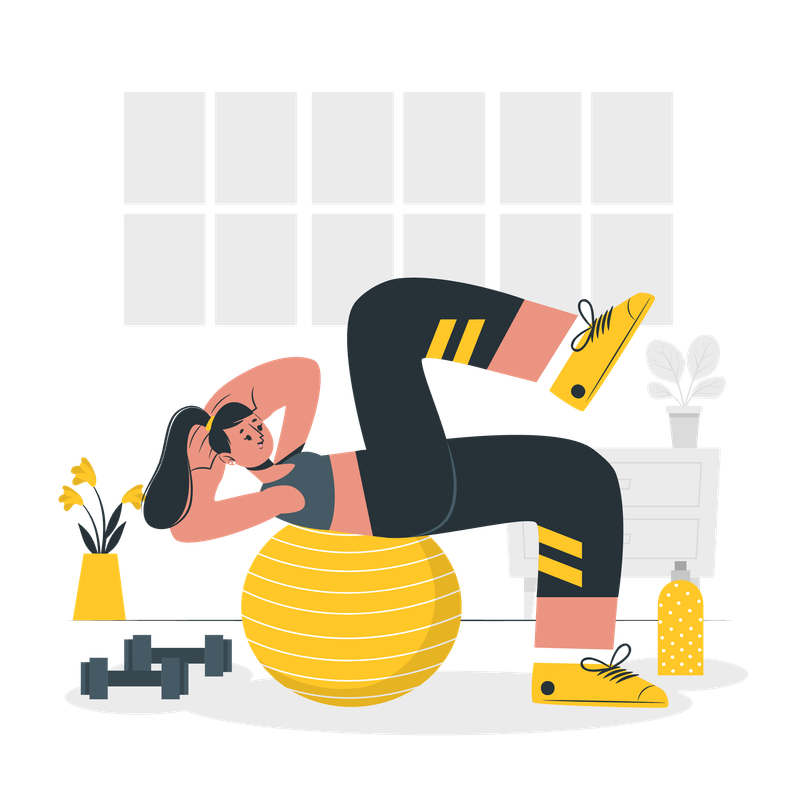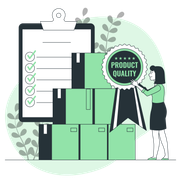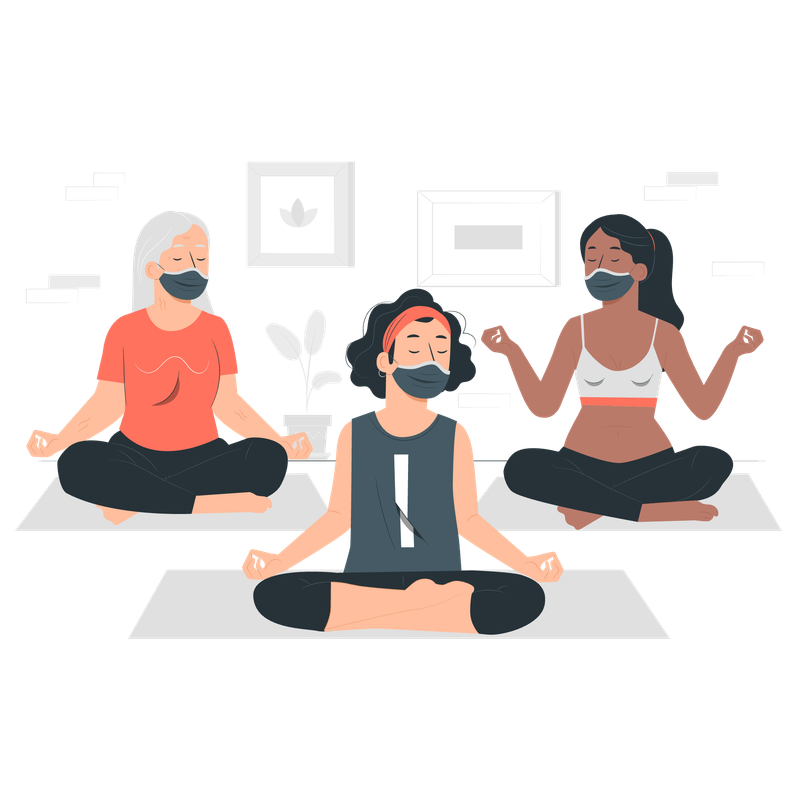How to Start Blogging: The Ultimate A to Z Beginner’s Guide
Have you been thinking about starting a blog but feel overwhelmed by all the technical steps, content ideas, and platforms out there? You're not alone.
Blogging is not just alive—it’s thriving. Whether you're looking to share knowledge, build a personal brand, or even make an income, blogging gives you the freedom to create something truly meaningful.There are somany benfits. The Benefit of blogging are.
Let’s break it down in simple steps—no fluff, no pressure—just a clear roadmap from start to success.
1. Get Clear on Your Purpose and Niche
Every blog begins with a reason. Ask yourself what drives you to blog—whether it’s to educate, inspire, help, or express.
Once you’re clear on the “why,” the next step is to identify your niche. This will help your blog stay focused and attract the right readers.
When i first start blogging i have no idea about blogging and niches i will search everywhere How to select a profitable blog niche
Look for a topic that aligns with your interest, skills, and what people are actively searching for. Think about your long-term commitment to the topic too—consistency matters more than perfection.
The niche selection is one of the toughest part i am also stucked in that condition
Here i will give you 100 blog niche ideas it is very helpful for you to take your niche from that.
2. Choose the Right Blogging Platform
In 2025, you have two major choices:
Free platforms like Blogger or Medium
Self-hosted platforms like WordPress.org
If you're blogging casually, a free platform works. But if you want to grow, rank on Google, customize your blog, and eventually monetize—it’s better to start with a self-hosted WordPress blog.
You’ll need:
A domain name
Web hosting
A CMS like WordPress
Once set up, install a clean, fast, mobile-friendly theme. Keep your design simple and clutter-free. First impressions matter.
3. Set Up Your Blog Structure
Your blog should be easy to navigate. Once you install WordPress and your theme, focus on setting up these essential pages:
Home Page – Introduces what your blog is about
About Page – Shares your story and values
Blog Page – Lists your latest articles
Contact Page – Lets readers or collaborators reach out
Privacy Policy Page – Required for transparency and monetization
Also, organize your blog into clear categories to help readers find content easily. Use menu bars and sidebar widgets wisely to guide navigation.
4. Start Creating Quality Content
This is where your blog comes to life. Focus on writing valuable, well-researched content that solves real problems or answers real questions.
Start with cornerstone content—high-quality posts that define your blog’s purpose. Use a conversational tone, short paragraphs, and clear headings. Keep the content engaging and informative.
Use on-page SEO best practices:
Include one main keyword per post
Add the keyword naturally in the title, first paragraph, headings, and meta description
Use internal links to connect your posts
Optimize images with descriptive filenames and alt tags
Be consistent with your posting schedule. Whether it’s once a week or twice a month, stick to a rhythm that you can manage long term.
Start by sharing your posts on social platforms like Instagram, Pinterest, LinkedIn, or X (Twitter). Use a link-in-bio tool if needed to showcase your latest posts in one place.
Make use of SEO to rank on Google—this brings long-term organic traffic. Learn basic keyword research tools like Google Keyword Planner or Ubersuggest.
Build backlinks by guest posting or networking with other bloggers. Comment on other blogs, join forums, or collaborate on content. Be visible and active in your niche community.
Email marketing also helps build loyal readers. Offer a simple lead magnet and create a newsletter to keep your audience engaged.
6. Monetize Your Blog Strategically
Once your blog has valuable content and steady traffic, you can explore monetization options.
Some common methods include:
Affiliate marketing
Display ads
Sponsored content
Selling digital products
offering service
Here is the complete guide for Affiliate marketing
Choose one method to start, and focus on building trust. Monetization works best when your content genuinely helps your readers.before applying for ad networks or affiliate programs, make sure your blog is polished, active, and easy to navigate.
7. Stay Consistent and Keep Learning
The blogging journey takes time, patience, and ongoing effort. But the rewards—audience growth, personal brand visibility, passive income—are worth it.
Here’s how to stay consistent:
Create a content calendar
Track your growth using tools like Google Analytics
Learn basic SEO, copywriting, and content marketing
There are somany tools that helps you through the blogging journey. Here i will give you a complete guide Blogging tools
Keep improving your writing and user experience
Connect with other bloggers or creators for support and inspiration
Treat your blog like a living project. It’s okay if things aren’t perfect. What matters is that you keep moving forward.
Start Now, Grow as You Go
Blogging is not just about writing—it’s about connecting, serving, and building something real.Don’t wait for the perfect time, perfect post, or perfect platform.
Start now.
Launch with what you know. Improve as you grow. Be real, be consistent, and always focus on helping others through your content.
That’s how real blogs thrive in today’s world.









